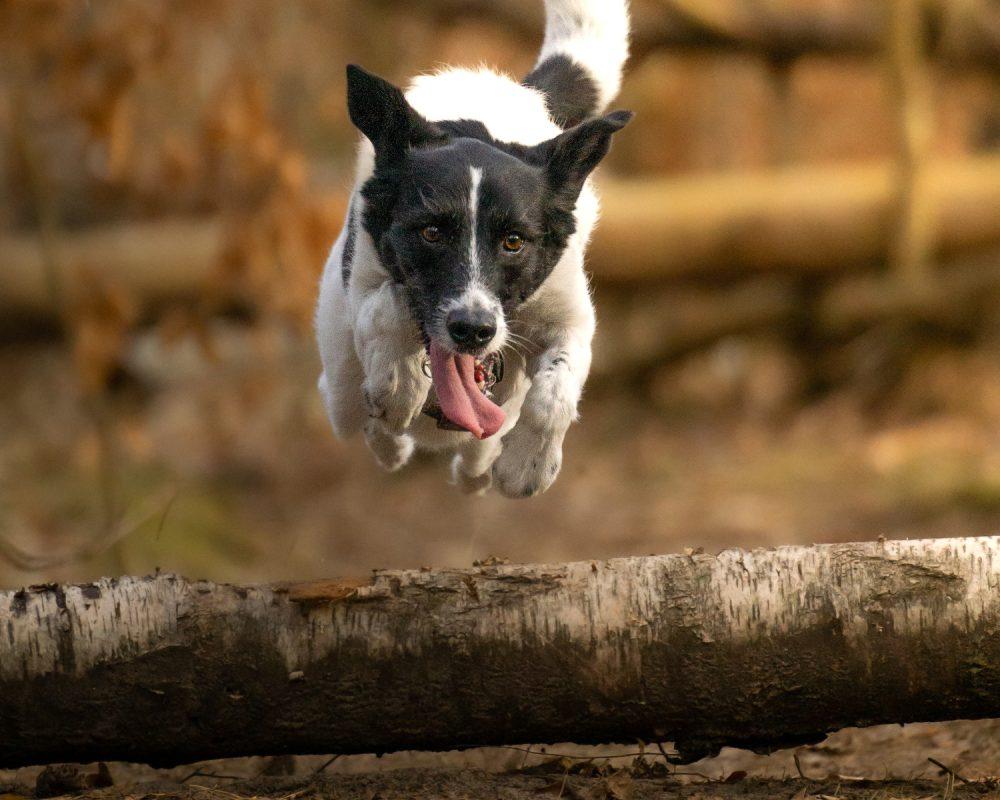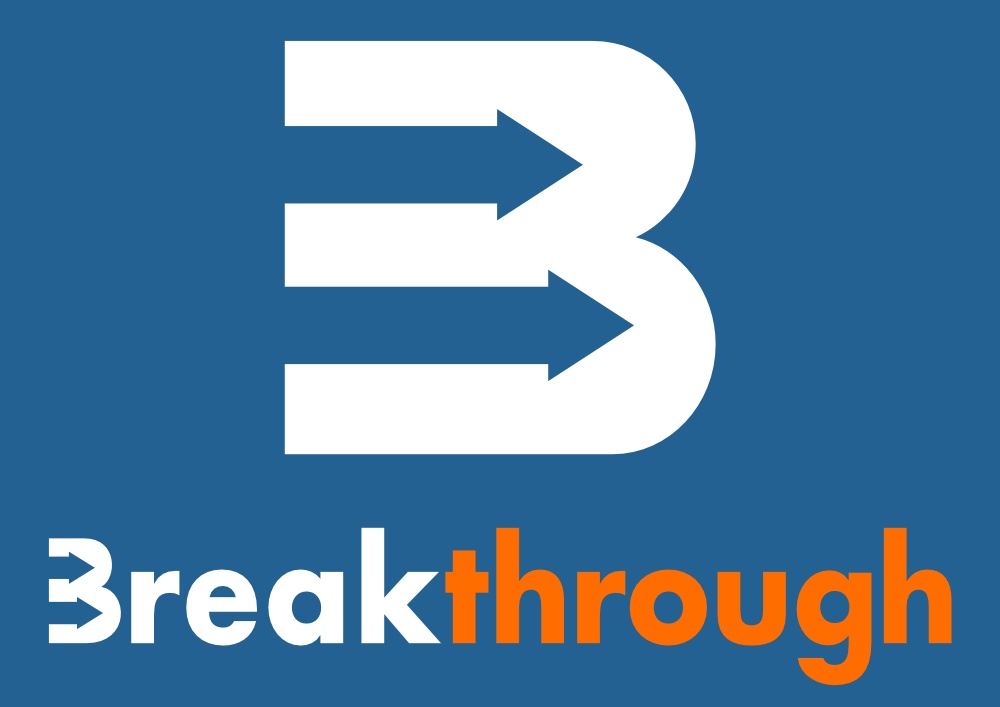Dog owners should be encouraged to provide enrichment opportunities for their dogs. By doing so, they will enhance their dog’s mental, physical, and emotional well-being, help to keep their dog healthy and happy and prevent problem behaviours from developing.

What is canine enrichment?
Canine enrichment falls into several types of activities.
- Physical enrichment
- Social enrichment
- Sensory enrichment
- Food-based enrichment
- Foraging enrichment
- Cognitive enrichment
- Occupational enrichment
We need to consider how the domestic dog has evolved to understand why we need to provide enrichment activities.

When man began to adopt a village way of life the possibility of a year-round stable food supply for wild animals was established if the animals could move in near enough to exploit it. The easy pickings of food at waste dumps outside villages would have allowed wolves to become more relaxed around humans – those less fearful of people and tolerant of new situations would have been more successful in getting food, and so would have thrived and stayed close to the villages.
The natural behaviour of these early village dogs was to scavenge through waste and pick over carcasses, to obtain snacks or even meals. Scavenging was a full-time job and would involve being physically active, problem-solving and using sight and smell to locate food.
This innate desire to seek out food and to take every opportunity to feed remains strong in the modern dog, yet scavenging is a behaviour that is largely discouraged by owners. The food bowl is a convenient receptacle from which a dog can eat set meals perfectly adequately from the owner’s point of view. But with one of the main highlights of the day all over and done within a couple of minutes in one or two meals per day, such a feeding arrangement leaves the dog with little opportunity to satisfy his need to be active and exploratory.

Why is canine enrichment important?
Enrichment activities can increase confidence, reduce anxiety and stress and enhance the dog/owner relationship. Dogs should be offered opportunities to be physically active, explore new environments, forage for food sources, and engage in social interactions all of which will help to improve mental and emotional well-being and quality of life.
What impact does a lack of mental stimulation have on dogs?
Due to social and physical restrictions, many dogs are unable to engage in normal activities and express natural behaviours. This lack of mental and physical stimulation can lead to a lack of confidence and other problems associated with boredom, frustration, stress and anxiety.
Ways to increase enrichment
Variety is the spice of life and there are several aspects to enrichment.
Physical Enrichment
Physical enrichment is fundamentally exercise. Dogs need to have both on and off-lead exercise. Regular off-lead exercise in an enclosed and safe area is important. Playing off-lead games such as retrieving, hide and seek, jumping over logs/branches, and running with a dog will provide varied exercise, prevent obesity and improve the dog/owner relationship.

It is worth pointing out that, due to health or physical restrictions some dogs are unable to engage in physical activity and it is important to provide other types of enrichment to overcome this deficiency. This also applies in hot weather, when outdoor exercise may have to be restricted.
Social enrichment
Social enrichment is most important during puppyhood, but dogs are social animals and enjoy interactions with other dogs and people throughout their lives, and therefore social activities should be maintained. Dogs need to interact with other dogs (as long as they are friendly) so going to the park with other dog owners and letting the dogs play is a great social activity.
Taking a dog to various places to meet new dogs and people is great fun for both dog and owner. Getting friends and family to play games using a selection of different toys enhances social interactions, provides mental and physical stimulation and improves emotional well-being.
Sensory enrichment
When scavenging for food the early village dogs would have used all their senses, sight, sound and smell. Dogs need to sniff and investigate. It is important to sometimes let dogs choose which route to go. This is part of exploratory behaviour but is very often discouraged by owners. Ten minutes of sniffing can provide as much stimulation as a two-mile walk This can be further enhanced by hiding food treats or toys in long grass and letting a dog search to find them. Walking in unusual places will allow a dog to experience new sights, sounds and textures.

Food based enrichment
When choosing a diet for a dog, it is important the remember that the domestic dog has significant differences from his wild ancestor, the wolf, and this is important from a nutritional point of view. The domestic dog has changes in three genes with key roles in starch digestion, enabling our modern dogs to thrive on a diet rich in starch, unlike the relative to the carnivorous diet of wolves.
As dogs are scavengers searching for food is important. Foraging toys for dogs are specially designed to make food more difficult to obtain and satisfy this natural scavenging behaviour. Food or treats can be ‘loaded’ into a toy, the dog works to access the food and as each piece of food is eaten, hunger and frustration are relieved a little and so the whole feeding experience is active, rewarding and mentally stimulating. Scatter feeding or setting up a nose work treasure hunt by hiding toys and treats around the house and garden will also provide both mental and physical enrichment.
Foraging enrichment at mealtimes
Using interactive feeders will make mealtimes last longer and provide both mental stimulation and emotional satisfaction. These feeders have the potential to prevent gastrointestinal disorders and to slow down dogs which tend to gulp their food too quickly.
It is worth noting that when temperatures are high a dog’s appetite will tend to decrease so adjustments to the amount of food provided in hot weather may need to be made.
Cognitive enrichment
Dogs need mental stimulation and to problem solve, they need brain games. There are a number of really good interactive puzzle feeders available but homemade puzzle feeders can be just as good from a dog’s point of view but do not last as long!!
Dry kibble or treats can be placed in an open egg box, or in cardboard tubes, under cardboard boxes or simply wrapped in a towel. Basically, anything which makes a dog think about how to obtain the food will provide cognitive stimulation.

Occupational enrichment
Dogs have varying types of behavioural qualities, and some have a strong need to express these behaviours otherwise problems can develop.
Dogs which have a great interest in objects such as retrievers and spaniels have developed to spend hours searching for fallen game to retrieve but are often denied this opportunity. Playing retrieve games, scatter feeding and using toys which resemble games both in the house and out on walks, can provide the appropriate emotional and physical stimulation that these dogs need.
Dogs which have strong stalking and chase behaviours, such as a border collie are often used to herd sheep and other livestock, but In an average home, very few people have flocks of sheep for a border collie to work with. It is essential therefore to provide enrichment opportunities for such a mentally and physically active type of dog. Obviously chase games like flyball, playing with a flirt pole and high-speed physical activities such as agility will provide appropriate mental and physical stimulation and stabilise emotional well-being.

Much to owners’ dismay, terrier types have a need to dig, shake and chew. Finding your prize flowers beds destroyed and the kids’ toys chewed into pieces can be very trying, but a terrier is only doing what it needs to do. After all, they are used to dig, grab and kill rodents. These types of dogs are unlikely to fulfil their behavioural needs within a pet home. Robust chew toys and raggers will replicate the shake and grab of a rodent and burying selected toys in a specific area of the garden or a sand pit will provide an appropriate opportunity to dig.
Conclusion
Canine enrichment has many aspects, all extremely specific with regard to a dog’s behavioural needs. However, the one thing to remember is that a variety of activities is essential for a dog to have a happy and healthy life.



